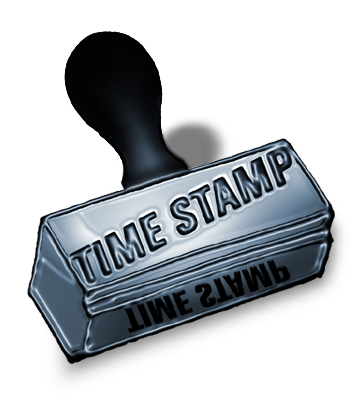The Bash history feature is an invaluable tool which allows users to recall commands previously entered into their shell with relative ease. This makes it easy to enter repeated commands and keep track of what was done on a system. By default, however, a user is unable to see whenthese commands were actually entered. When auditing a system, it can sometimes be useful to see this type of information, for example when trying to determine how and when a file may have gone missing on the file system. Since Bash version 3, however, you are able to enable time-stamping of entries for review later.
Applicable versions of Bash provide the environment variable HISTTIMEFORMAT which you can set for this purpose. Although it is empty by default, you can simple assign a time format string to enable time-stamping.
At the first run this command :
root@unixmen :~# history | tail -353 nano /etc/fstab54 umount /mnt/NAS55 mount /mnt/NAS
Enable timestamp in history command
To enable time stamp on your bash history type following command on your terminal:
root@unixmen :~# export HISTTIMEFORMAT=”%F %T “
Again execute history command :
root@unixmen :~# history | tail -353 2016–03–02 08:27:38 nano /etc/fstab54 2016–03–02 08:27:38 umount /mnt/NAS55 2016–03–02 08:27:38 mount /mnt/NAS
man date
root@unixmen:~# vi .bashrc# ~/.bashrc: executed by bash(1) for non-login shells.# Note: PS1 and umask are already set in /etc/profile. You should not# need this unless you want different defaults for root.# PS1=’${debian_chroot:+($debian_chroot)}\h:\w\$ ‘# umask 022# You may uncomment the following lines if you want `ls’ to be colorized:# export LS_OPTIONS=’–color=auto’# eval “`dircolors`”# alias ls=’ls $LS_OPTIONS’# alias ll=’ls $LS_OPTIONS -l’# alias l=’ls $LS_OPTIONS -lA’## Some more alias to avoid making mistakes:# alias rm=’rm -i’# alias cp=’cp -i’# alias mv=’mv -i’export HISTTIMEFORMAT=”%F %T “





